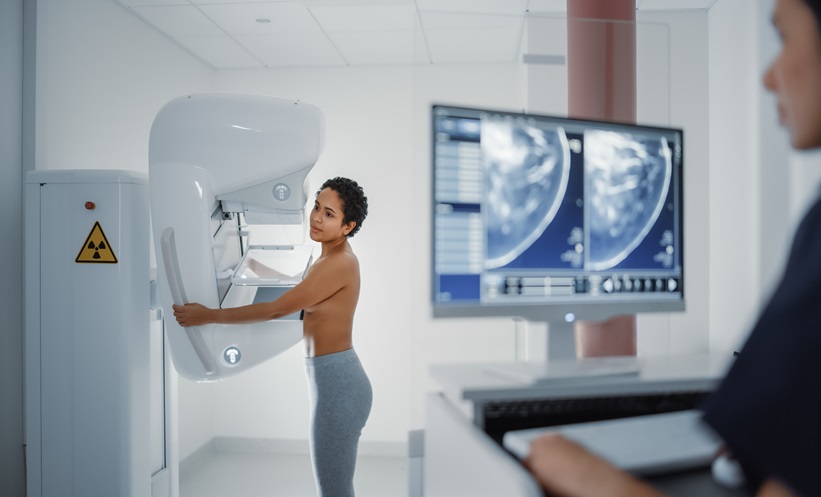UNIVERSAL guidelines for radial scar management are currently lacking, and research has emerged revealing associations of upstaging to breast cancer. This investigation aimed to determine the upstaging rates of digital breast tomosynthesis (DBT) detected radial scars with and without atypia, and to identify features relating to upstaging risk.
The research was of a retrospective nature, including patients who underwent core-needle biopsy and showed a radial scar after screening between 2013–2020. Patients without surgical excision or at least 2 years of imaging follow-up after biopsy were excluded. The rates of upstaging to breast cancer were compared between radial scars with and without atypia at core needle biopsy, and associations of upstaging with patient, imaging, and pathologic variables were explored using statistical tests.
A total of 153 females made up the study cohort, presenting with 159 radial scars and an average of 56 years of age. This group underwent either surgical excision (80.5%) or at least 2 years of imaging follow-up (19.5%). Seven radial scars were upstaged to ductal carcinoma in situ, and one to invasive disease, meaning the upstaging rate of radial scars to cancer was 5%. The upstaging rate of radial scars without atypia at biopsy was 1.6%, and of radial scars with atypia was 20.0% (p<0.001). Multivariable analysis revealed that features associated with higher upstaging risk include a prior breast cancer diagnosis (62.5% versus 4.8%; p=0.01), and the presence of atypia at core needle biopsy (75.0% versus 15.9%; p=0.02). The upstaging rate according to mammographic finding type was 7.1% for asymmetries, 6.7% for masses, 6.3% for architectural distortion, and 0.0% for calcifications.
The researchers were able to conclude based on their findings that screening-detected radial scars without atypia at core needle biopsy have a low upstaging rate to breast cancer, at 1.6%. The clinical implications of this work imply that imaging surveillance is a strong approach for radial scars without atypia, especially if the patient has presented with calcifications.








